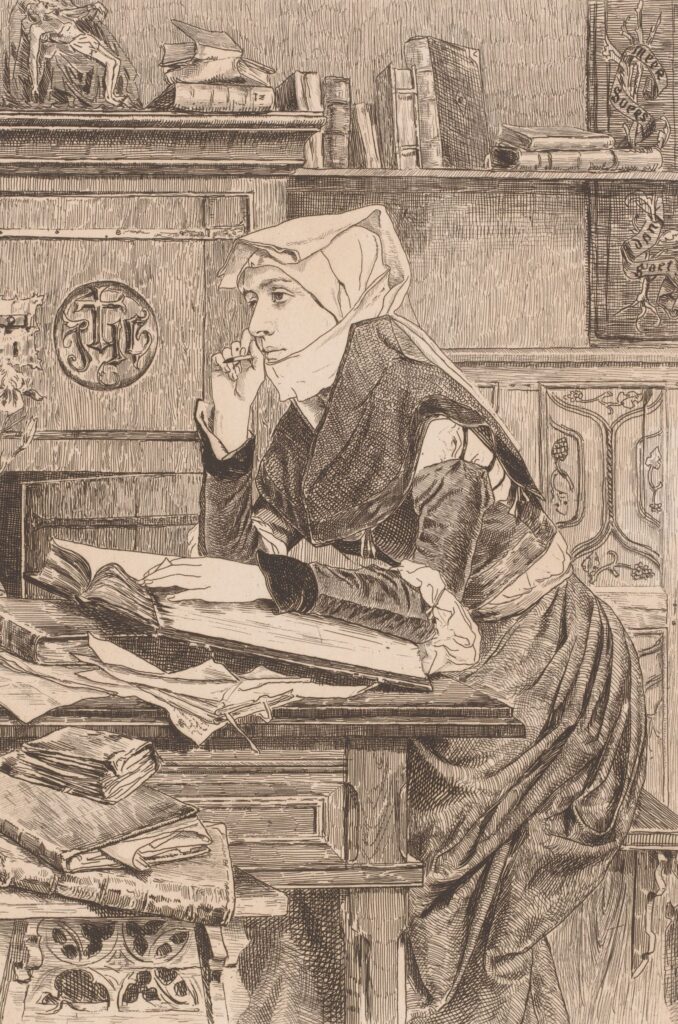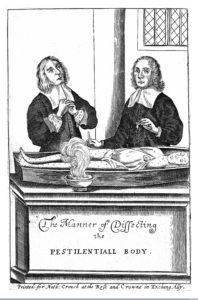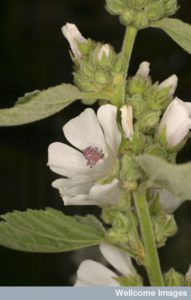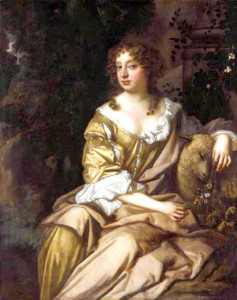Sara and I are editing a special issue of Women’s Writing! See the details here or head to the Women’s Writing website for more.
Women’s Writing on Illness and Disease

In light of the current Covid-19 pandemic, it seems timely to consider the ways in which women have written about illness and disease in the past. Women have long cared for the sick both within and outside of medical institutions. From early writers such as the 12th century healer Trota of Salerno to Elizabeth Garrett Anderson in the late nineteenth century, there has been a long tradition of women who have practised medicine and left records of their work. Women’s roles have been diverse from informal nursing of the sick to investigators and advocates for new methods of treatment and disease prevention. Women have, of course, also been patients themselves and have often recorded these episodes in their journals, commonplace books, and correspondence. This special issue will bring together work examining women’s writing on illness and disease from the middle ages to the late nineteenth century.
Topics may include by are not limited to
- Women’s experiences of illness and disease
- Women’s writings about contagion and pandemics
- Women’s writings about life during moments of epidemic and pandemic disease
- Women advocating for treatments and scientific innovation
- Women challenging political authority during health crises
- Women writing about parenting in times of epidemic and pandemic disease
- Women writing about adjustments to childbirth practices during epidemics
Final submissions will be due by 28 February 2021 and will need to be accompanied by a 200-word abstract, six key words and a 100-word author biography.
Please submit abstracts of up to 300 words for consideration to Sara Read (University of Loughborough) s.l.read@lboro.ac.uk and Jennifer Evans (University of Hertfordshire) j.evans5@herts.ac.uk by 2 October 2020.
Final articles will be between 4,000-7000 words in length. Contributors should follow the journal’s house style details of which are to be found on the Women’s Writing web site https://www.tandf.co.uk//journals/authors/style/reference/tf_G.pdf




